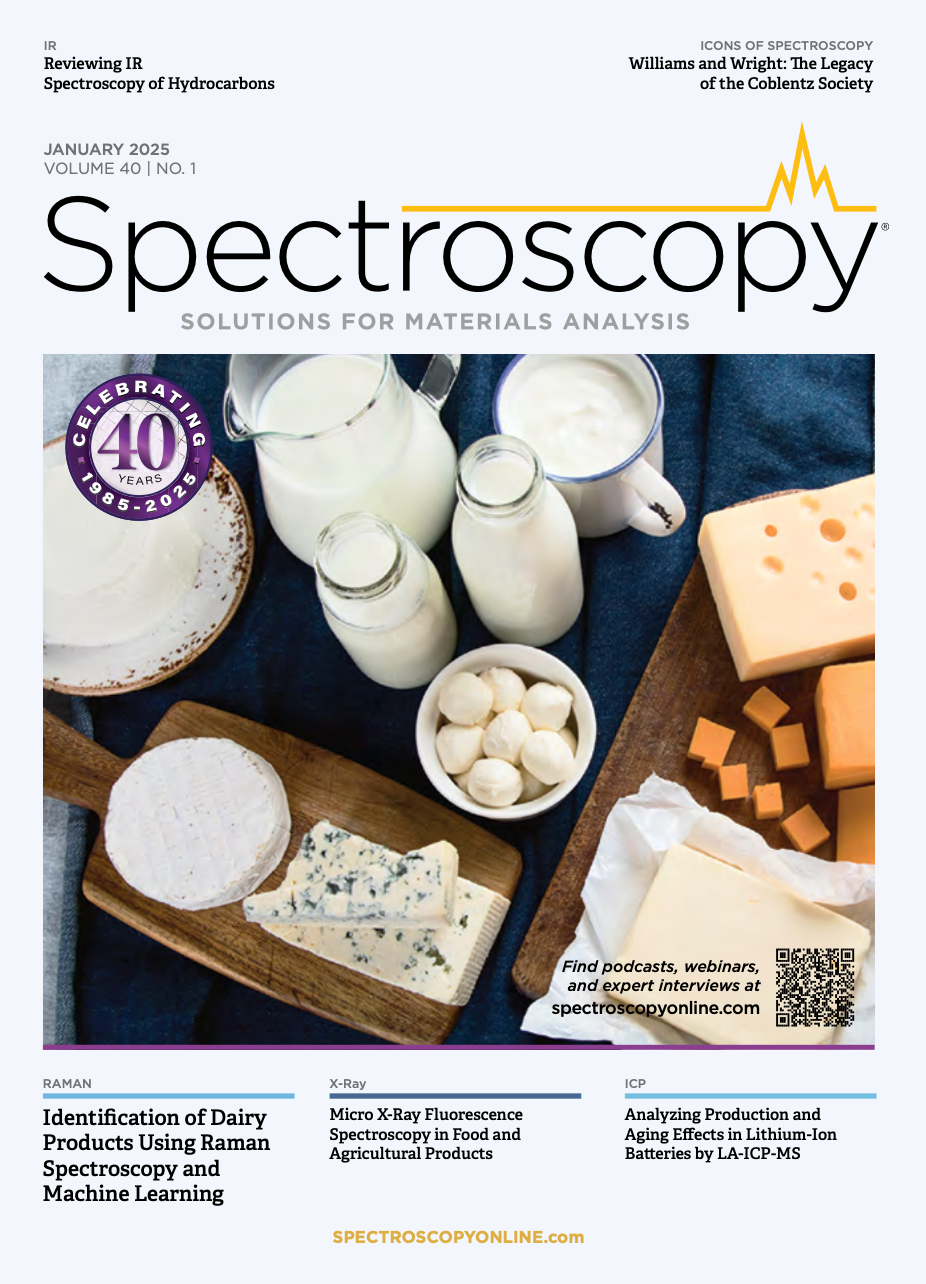Detecting Mineral Content in Camel Milk Using FT-IR and Machine Learning
A recent study used Fourier transform mid-infrared (FT-IR) spectroscopy and machine learning (ML) algorithms to understand the mineral content in camel’s milk.
Camels are mammals that mostly live in arid and semi-arid regions. For the people that live in these regions, that means that instead of cow’s milk, which must be exported into the area, many consumers in arid regions drink camel’s milk instead. Considered a staple in many arid countries, camel’s milk is known for its numerous health benefits. It is rich in zinc, mono- and polyunsaturated fatty acids, and lactoferrin (1).
However, there is currently no standardized method for determining the mineral content of camel milk. A recent study from Food Control from researchers at Huazhong Agricultural University, Xinjiang Academy of Animal Science, and Xinjiang Agricultural University explored this topic by testing out a new method to rapidly and accurately predict the mineral content of camel milk (2). The method the researchers used involved Fourier-Transform infrared (FT-IR) spectroscopy. When combining FT-IR spectroscopy with partial least squares (PLS) regression, the researchers showed that their method could be effective and fill a critical need, serving as a standardized method for batch-testing camel milk minerals (2).
Camels walking through a desert, taken in the Liwa Oasis, Abu Dhabi area, United Arab Emirates | Image Credit: © kstepien - stock.adobe.com

To make the study more comprehensive, the researchers collected samples from 113 locations in Xinjiang, China. The study systematically determined reference values for 10 key minerals (Ca, Fe, K, Mg, Mn, Na, P, Sr, Zn, and Se) using inductively coupled plasma–optical emission spectroscopy (ICP-OES). The researchers chose ICP-OES in this study to measure the elemental concentrations in camel’s milk. The results showed that ICP-OES demonstrated high accuracy, with correlation coefficients exceeding 0.999 (2).
If there was a drawback to using ICP-OES in the study, it was that the sample preparation time was less than rapid. The researchers noted that it took a week per batch for a total of 215 samples (2). FT-IR spectroscopy was used to show that the technique could improve on ICP-OES and conduct mineral analysis of camel’s milk quicker.
Quantitative prediction models were developed for the minerals detected in the camel milk samples. The models provided encouraging results, with test set determination coefficients (Rt²) ranging from 0.61 to 0.91 and residual predictive deviations (RPDt) between 1.59 and 3.28 (2). These findings indicate that some mineral models meet the threshold for initial application. Additionally, the study analyzed the distribution and patterns of mineral-specific wavenumbers in camel milk, providing insight into spectral characteristics that could aid in future model refinement (2).
As a result, the researchers’ efforts aimed to expand the application of FT-IR spectroscopy in determining camel milk mineral content and provide a reference for further developing dairy herd improvement (DHI) measurement indicators (2).
Using FT-IR spectroscopy in the study helped the researchers show the benefits of the technique for this type of analysis. It was rapid and non-invasive compared to ICP-OES, which means that FT-IR spectroscopy is a more efficient alternative method (2). By integrating spectral data with machine learning (ML), the researchers aided their analysis of minerals in camel’s milk. The results from the study offer a pathway for scientists and food industry professionals to improve quality control and nutritional profiling (2). This approach could have implications for the dairy industry, particularly in regions where camel milk is a staple.
Protein hydrolysis in camel's milk produces bioactive peptides with significant health benefits, including antioxidant, antimicrobial, antidiabetic, angiotensin-converting enzyme (ACE)-inhibitory (to regulate blood pressure), and anti-cholesterol activities (1). However, the presence of heavy metals and other minerals could jeopardize the health benefits camel’s milk contains. This study offers a possible solution to a lack of standardized methods for analyzing the composition of camel’s milk, which could help make camel’s milk safer to drink.
Editor’s Note
FT-IR spectroscopy is an indirect method for estimating mineral content in camel's milk, leveraging its ability to detect vibrational modes of organic and inorganic compounds associated with minerals. While FT-IR does not directly measure elemental concentrations like ICP-OES, it can analyze spectral fingerprints related to mineral-bound molecular groups, such as phosphates or carbonates. These spectral features can be correlated with mineral content using chemometric models, providing a rapid, non-destructive alternative to traditional techniques, albeit with reduced specificity and accuracy. Proper calibration with reference data is essential to achieve reliable results.
References
- Swelum, A. A.; El-Saadony, M. T.; Abdo, M.; et al. Nutritional, Antimicrobial, and Medicinal Properties of Camel’s Milk: A Review. Saudi J. Biol. Sci. 2021, 28 (5), 3126–3136. DOI: 10.1016/j.sjbs.2021.02.057
- Li, Y.; Fan, Y.; Gao, J.; et al. Rapid Detection and Spectroscopic Feature Analysis of Mineral Content in Camel Milk Using Fourier-Transform Mid-infrared Spectroscopy and Traditional Machine Learning Algorithms. Food Cont. 2025, 169, 110983. DOI: 10.1016/j.foodcont.2024.110983

NIR Spectroscopy Explored as Sustainable Approach to Detecting Bovine Mastitis
April 23rd 2025A new study published in Applied Food Research demonstrates that near-infrared spectroscopy (NIRS) can effectively detect subclinical bovine mastitis in milk, offering a fast, non-invasive method to guide targeted antibiotic treatment and support sustainable dairy practices.
New AI Strategy for Mycotoxin Detection in Cereal Grains
April 21st 2025Researchers from Jiangsu University and Zhejiang University of Water Resources and Electric Power have developed a transfer learning approach that significantly enhances the accuracy and adaptability of NIR spectroscopy models for detecting mycotoxins in cereals.
AI Shakes Up Spectroscopy as New Tools Reveal the Secret Life of Molecules
April 14th 2025A leading-edge review led by researchers at Oak Ridge National Laboratory and MIT explores how artificial intelligence is revolutionizing the study of molecular vibrations and phonon dynamics. From infrared and Raman spectroscopy to neutron and X-ray scattering, AI is transforming how scientists interpret vibrational spectra and predict material behaviors.